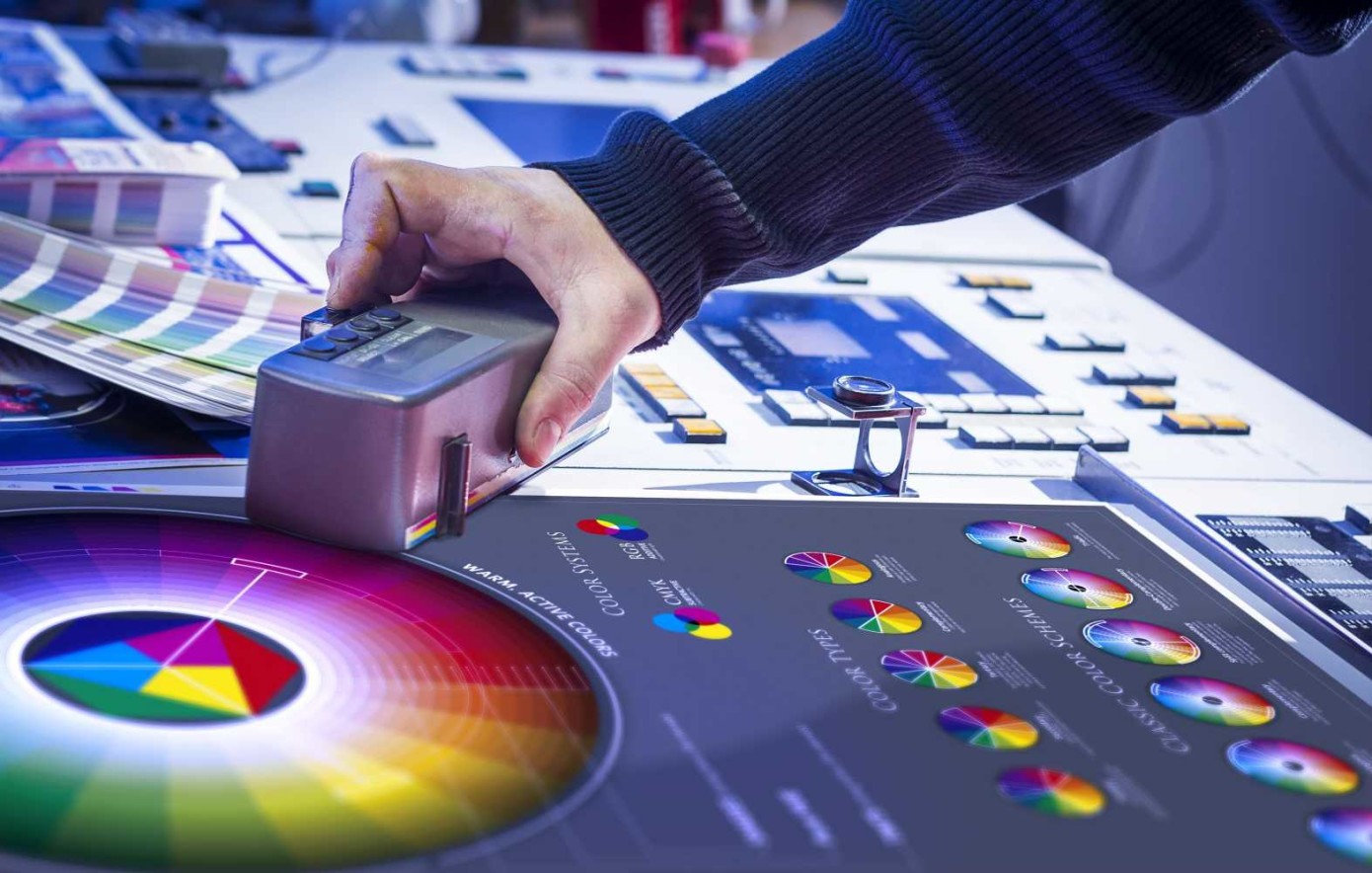//
Oct 7, 2015
The Difference Between CMYK and RGB Color Models
Color evokes emotion, responses, action, and is a huge driver when it comes to marketing for both print and online.
What we don’t see is how the colors are created to portray those vibrant, eye-catching images. There are two basic color models that create all of the colors we see on a computer screen or mobile device (RGB) or printed materials (CMYK).
RGB
RGB mixes red, green, and blue light to create different color hues on computer screens and electronic devices. When using RGB, there are different file formats that work best for digital display.
CMYK
In commercial offset printing, CMYK creates colors by different combinations of cyan (blue), magenta (red), yellow, and black inks. These are the colors also used in most home and office printers. PMS (Pantone Matching System) colors, and color representation on digitally printed materials are subjects for another day!
Make sure you are using the correct color configuration for the final delivery device. Colors built through RGB can create vibrant, bright colors on screen that cannot be replicated exactly with the CMYK process. For consistency in cross-channel marketing materials, branded colors that have been used in printed pieces need to be adjusted to RGB in order to be represented as closely as possible in RGB on-screen display. To see an example of RGB display and how the same colors get represented in CMYK, see .
For a breakdown of different image file formats, check out our free guide of 10 File Formats You Need to Know!
Color your world, but make sure it’s the color you want!







